While Styrofoam may be just about the last thing that comes to mind when it comes to eco-friendly materials, it turns out that it can be used to build a surprisingly energy-efficient, low-cost home. In fact, the very thing which makes it such a nightmare in landfills—the fact that it is very slow to degrade—makes it ideal for construction purposes. Styrofoam is not only cheap and sturdy, but is impervious to rot and mold and can withstand winds up to 200 miles per hour.
Chris Murphy, who is the co-owner and president of Murphy Brothers Contracting, decided to make use of the styrofoam-based insulated concrete form technology when remodeling a home he and his wife purchased in Old Greenwich, Connecticut.
Although in his case spending the money on a complete remodel was more costly than retaining the stick-built house already on site, he estimates that the new home will save him about 50 percent per year on his utility bills as well as providing a showpiece for the kind of green technology his company is capable of offering.
The Styrofoam blocks used to construct the Murphy home are create by a company called Fox Blocks, and they are actually hollow inside. They fit together like LEGO blocks, and when the structure is assembled, they are then filled with concrete to create a solid, air-tight wall which is then covered with external siding and lined with plasterboard.
The 2,556 square foot Colonial actually has a very traditional exterior which blends nicely into the neighborhood, belying the expectation that all green homes are stark and modern in appearance. The home even comes complete with a widow’s walk and cupola, and the only visible nod to today’s technology is the use of solar roof shingles, which act as a less-conspicuous alternative to installing large solar panels.
Inside the home, which has four bedrooms, three bathrooms and a basement “man cave” complete with big screen TV and pool table, a number of sustainable features come into play:
- A dual-fuel heat pump
- Recycled wood kitchen counter tops
- Numerous windows that supply ample lighting
- A backyard contoured to slope downwards in order to prevent flooding
The Murphys, proud of their extensive use of green technology, have invited neighbors to tour the house after its completion, but they say that they’re not done yet when it comes to adding eco-friendly improvements. They’ve contracted a firm called Steven Winter Associates Inc. to help them reach the levels necessary to obtain energy-efficient certification from such sources as the Department of Energy’s Energy Star and Zero Energy Ready Home programs, as well a to compete in the Connecticut Zero Energy Challenge. Their ultimate goal is to have their home achieve the nation’s highest efficiency accolade, passive house certification.
While the Murphys, as owners of a building firm, may have had certain advantages when it comes to utilizing the latest energy efficient construction techniques, the building method they used is actually accessible to home builders who don’t have such extensive resources and who are working on a limited budget.
Shannon and Lesa Cockrell, a couple of schoolteachers from Hudson, Texas, are currently working on building their own home out of Styrofoam blocks. They began stacking the blocks to frame their 1,400 square foot home this summer, and expect to be finished by this November. They have no building experience whatsoever, but are finding it quite easy to put the house together, with only one additional person to help.
One thing they like about their home building project is that there is no need to swing a hammer. The only thing they need to hold the blocks together is some spray foam and tape. Once the frame is completed, they will spray it with stucco and add some stone accents. Not only is their home much easier to construct than one made of more traditional materials, but they also say it’s quite a bit cheaper. They estimate that it will come in at 100,000, which is $50,000 less than the cost of building a home out of bricks or wood.
So, it seems that Styrofoam may not be quite the eco-villain it’s been made out to be. While it’s certainly not the greenest choice for food packaging or coffee cups, when it comes to eco-friendly building materials, Styrofoam blocks can stack up with the best of them.

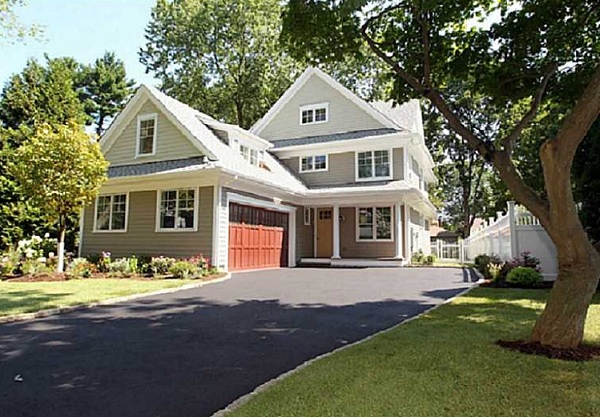
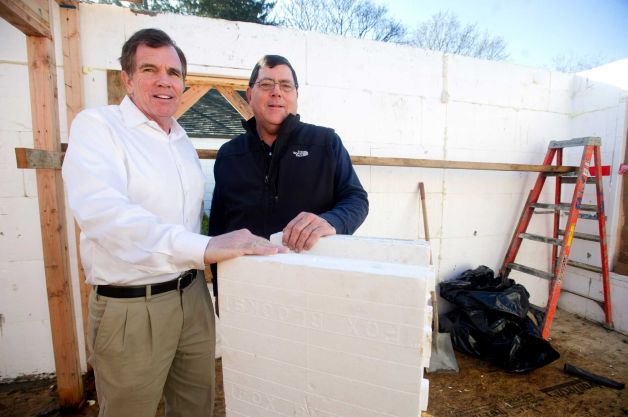

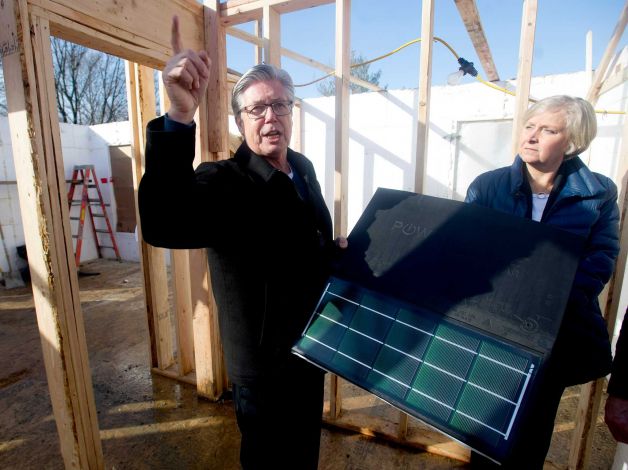
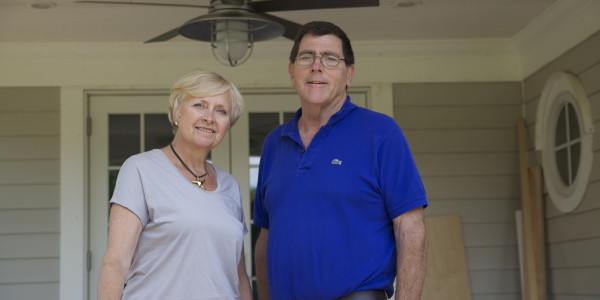
 Architect Abandons all His Preconceptions and Builds an Earth-Bermed House from Local and Recycled Materials
Architect Abandons all His Preconceptions and Builds an Earth-Bermed House from Local and Recycled Materials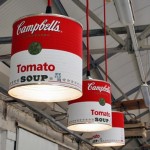 To Can or Not to Can? 5 Practical Reasons to Avoid Can Lighting Your Home
To Can or Not to Can? 5 Practical Reasons to Avoid Can Lighting Your Home How to Save Energy With Radiant Floor Heating
How to Save Energy With Radiant Floor Heating